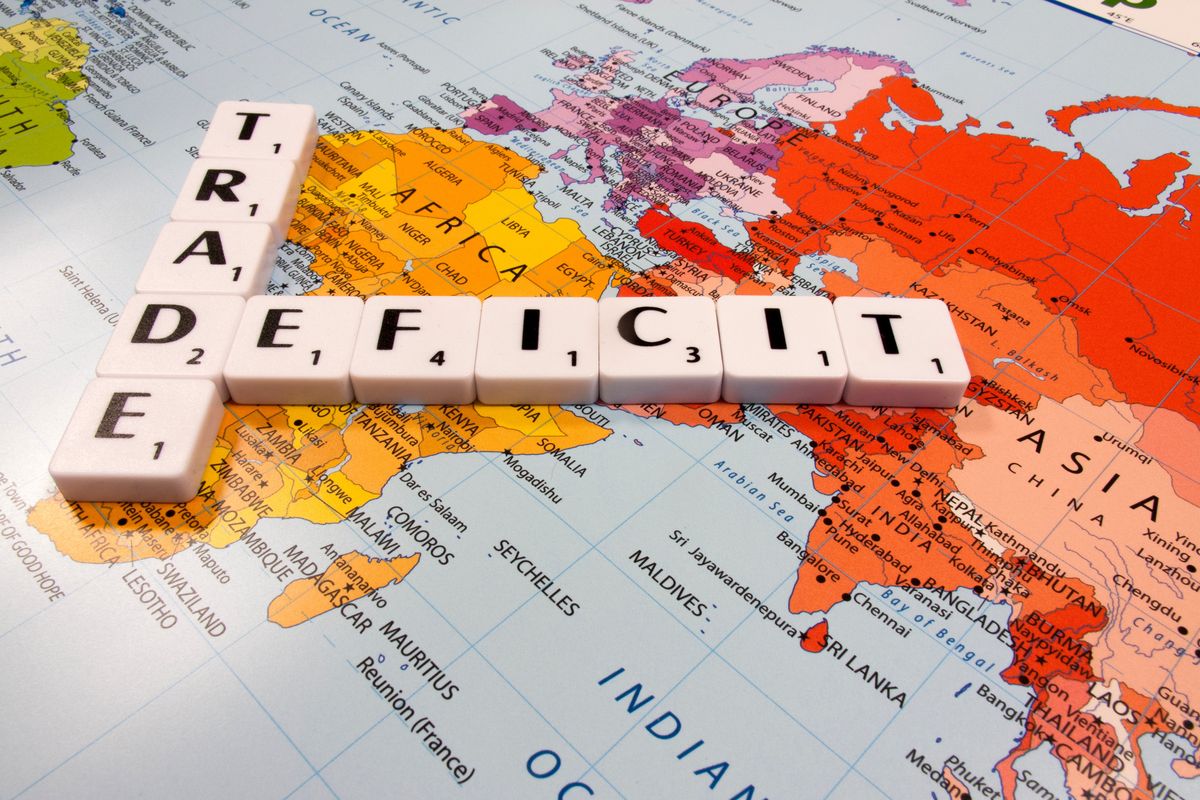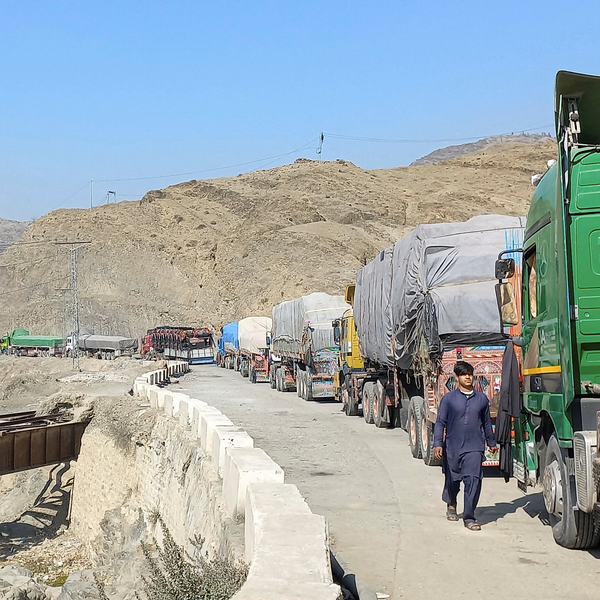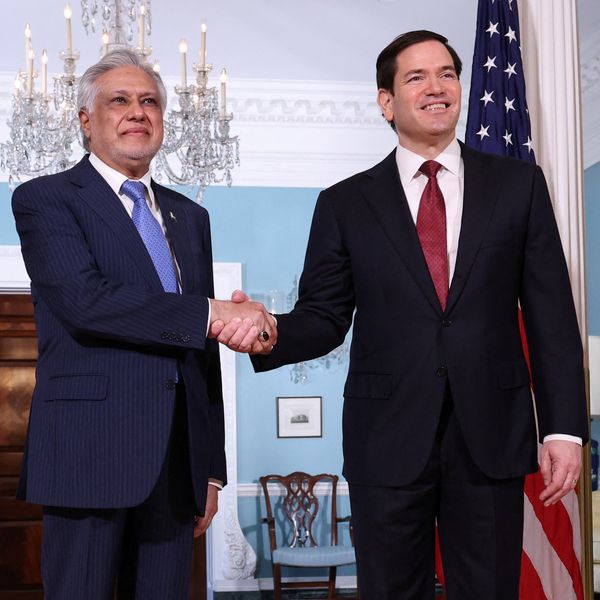Pakistan’s trade deficit widens 44% in July as imports surge past exports
Exports increased 16.9% year-on-year to $2.697 billion, indicating growing global demand for Pakistani goods

Haris Zamir
Business Editor
Experience of almost 33 years where started the journey of financial journalism from Business Recorder in 1992. From 2006 onwards attached with Television Media worked at Sun Tv, Dawn Tv, Geo Tv and Dunya Tv. During the period also worked as a stringer for Bloomberg for seven years and Dow Jones for five years. Also wrote articles for several highly acclaimed periodicals like the Newsline, Pakistan Gulf Economist and Money Matters (The News publications)

The widening gap has raised concerns about the country’s fragile external position, especially as Pakistan grapples with inflationary pressures.
Pakistan’s trade deficit jumped by 44% in July 2025, driven by a sharp rise in imports that outpaced moderate growth in exports, according to official data released on Wednesday.
Exports increased 16.9% year-on-year to $2.697 billion, indicating growing global demand for Pakistani goods. However, imports soared 29% to $5.449 billion, pushing the trade deficit to $2.753 billion - up from $1.912 billion in July 2024.
The widening gap has raised concerns about the country’s fragile external position, especially as Pakistan grapples with inflationary pressures, exchange rate volatility, and structural reforms under an ongoing IMF-supported program.
“While export growth is encouraging, the surge in imports reflects Pakistan’s continued dependence on foreign goods, particularly energy and machinery,” said a market observer. “This adds pressure on the current account and depletes already limited foreign exchange reserves.”
Export gains were likely supported by stronger performance in textiles, IT services, and agricultural commodities, although detailed sectoral data is yet to be released. On the import side, analysts cite higher global oil prices and a rise in industrial raw material shipments ahead of the peak manufacturing season.
The figures come as the government seeks to stabilize the economy through tighter monetary policy and administrative steps to curb non-essential imports. However, the July data suggests these measures may not yet be delivering the intended impact.
“If this trend continues, it could undo recent improvements in the external account,” an analyst from an investment firm noted. “The government needs to carefully balance support for economic growth with the protection of external buffers.”
The Ministry of Commerce is expected to release detailed trade statistics later this month, offering deeper insights into the factors driving July’s figures.










Comments
See what people are discussing